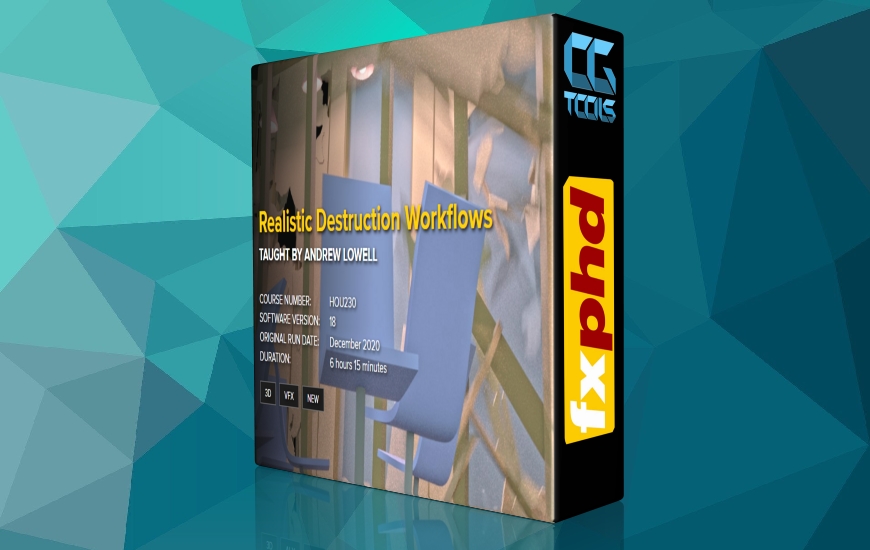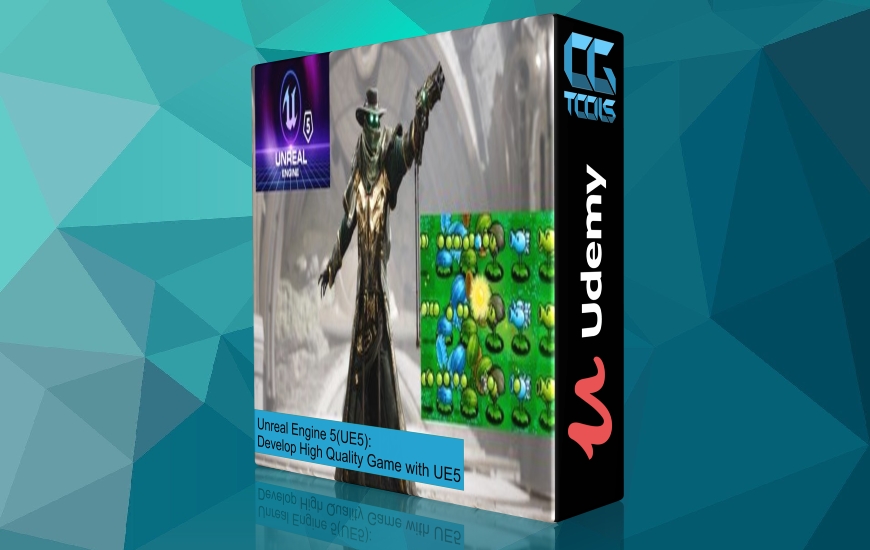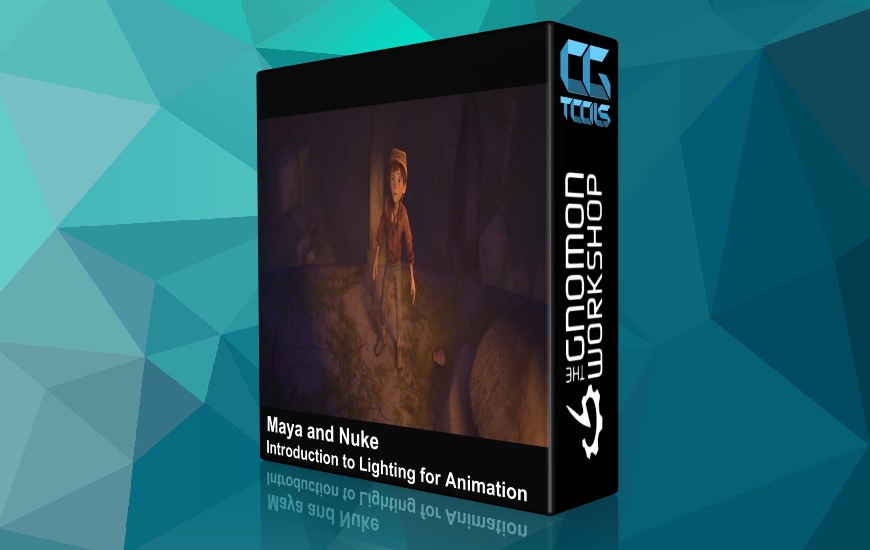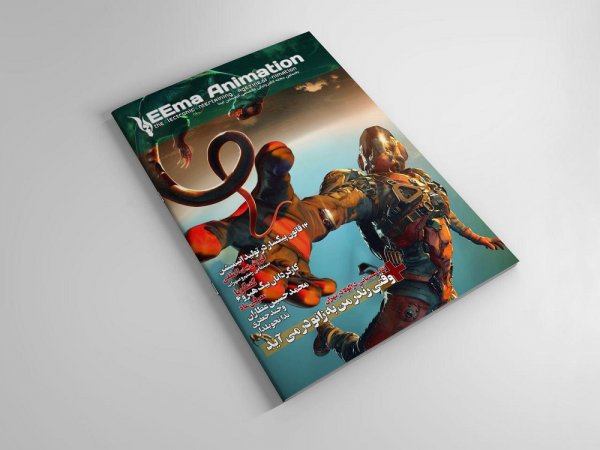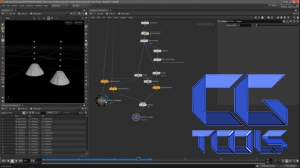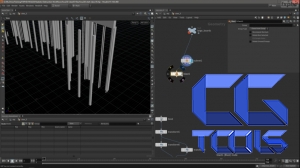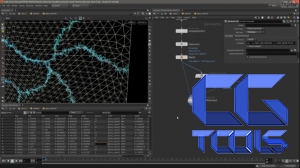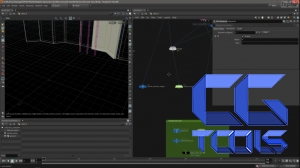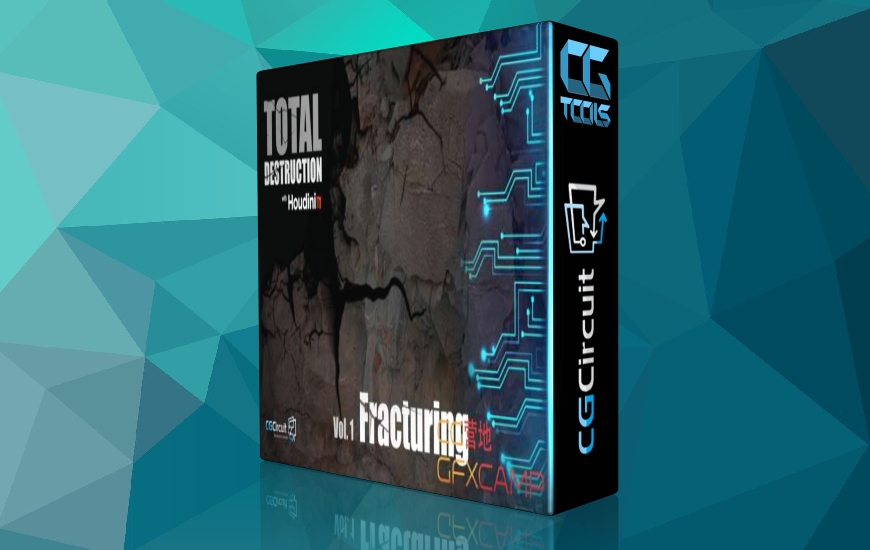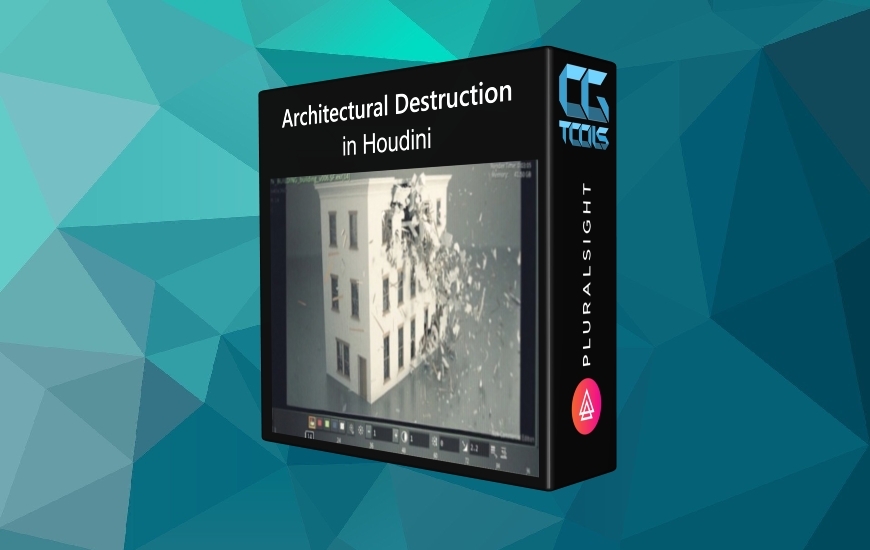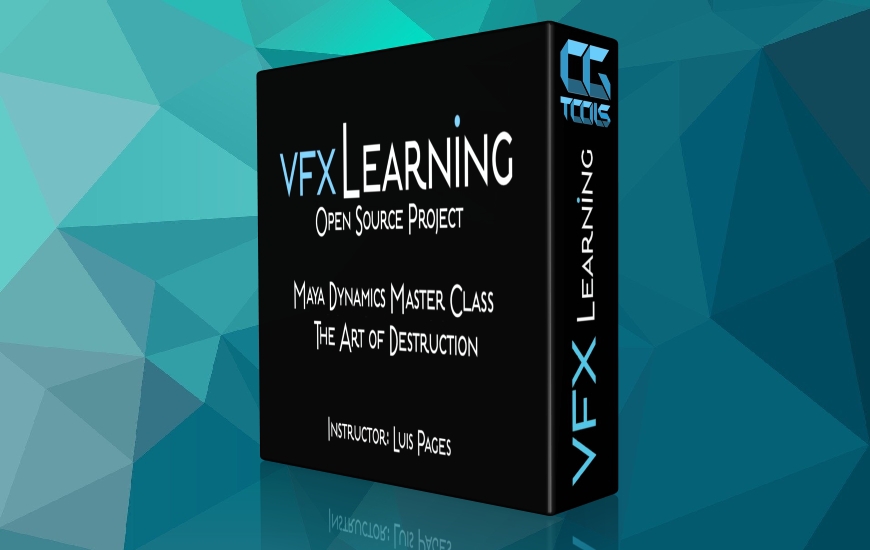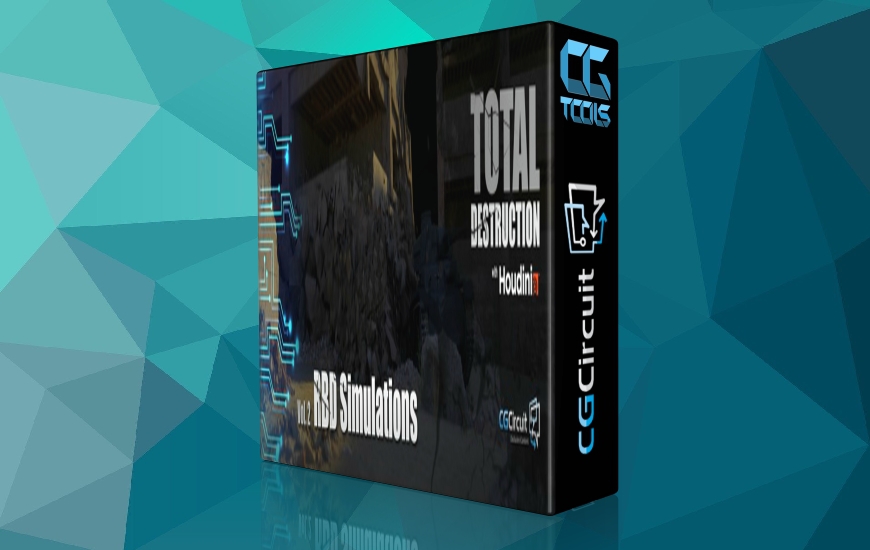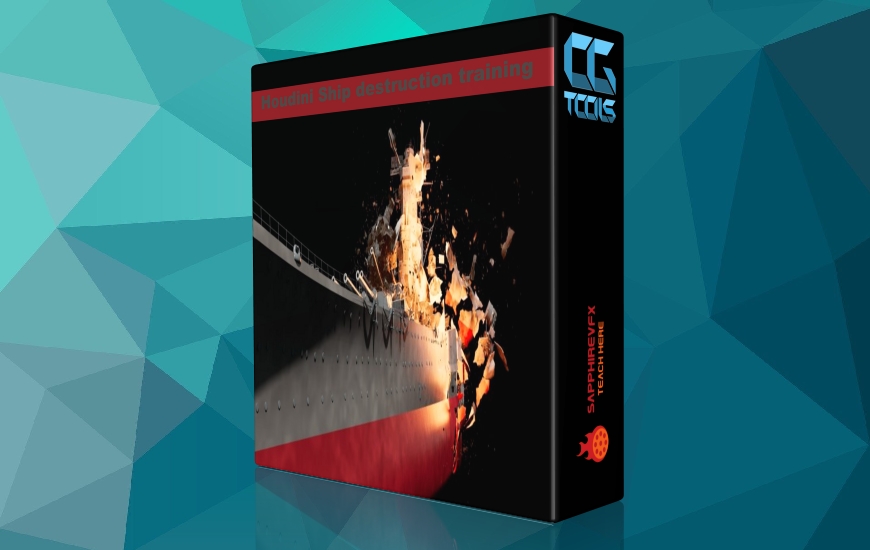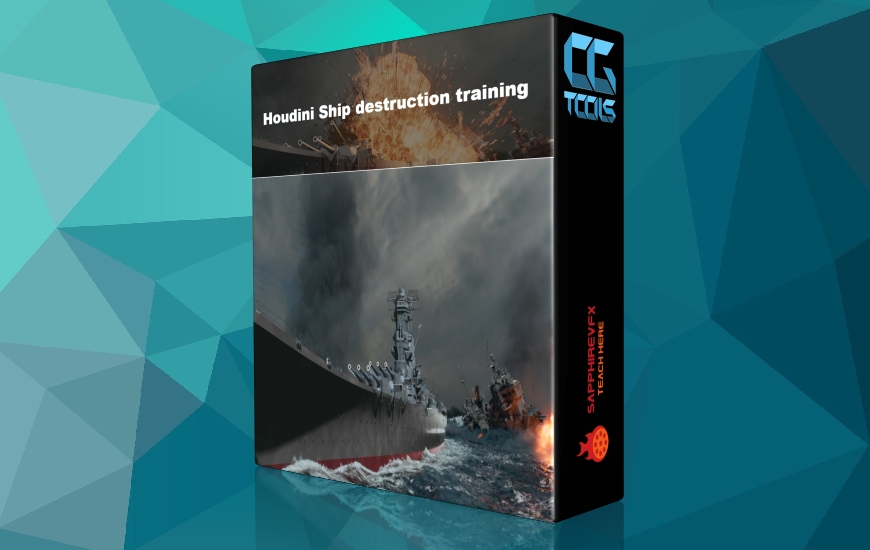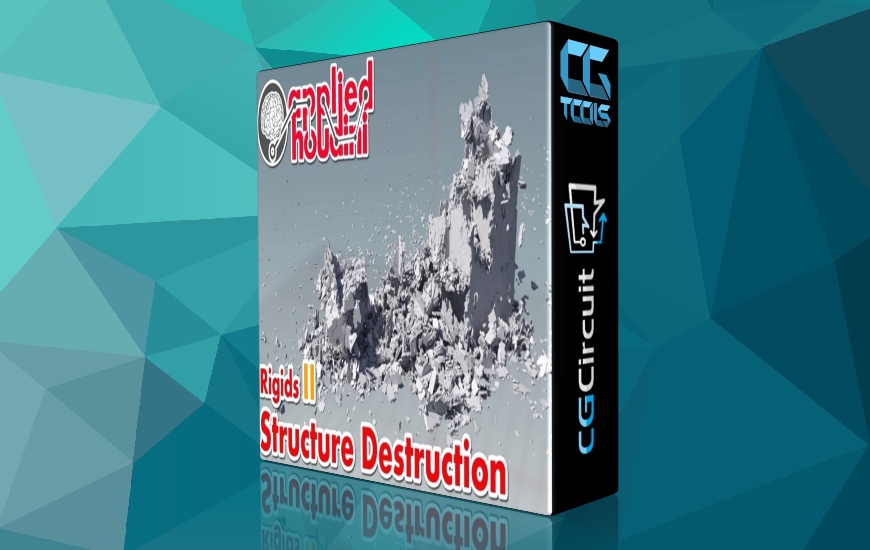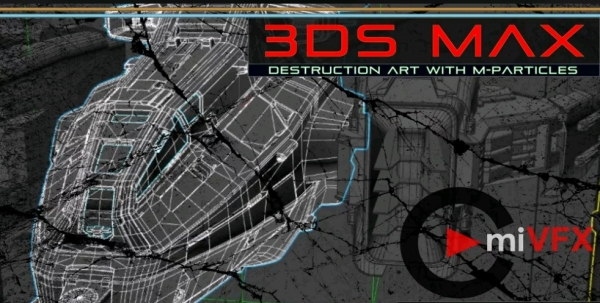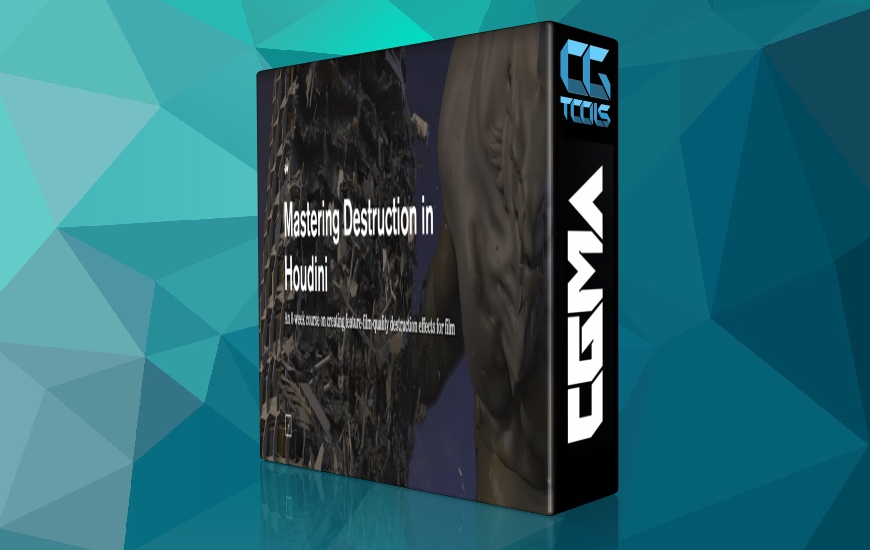![گردش کار تخریب واقع بینانه]()
این دوره شما را از طریق آخرین فرآیندهای تخریب و گردش کار با استفاده ازهودینی و Bullet راهنمایی می کند. روشهای فنی و همچنین توسعه چشم در دوره گرد هم میآیند و شما از طریق فرآیند تخریب کامل هدایت میشوید و نتیجه نهایی واقعی را ایجاد میکنید. تخریب واقعی با شکستگی های مرجع و با کیفیت بالا شروع می شود. محدودیتهای بین اجسام سخت باید بر اساس نوع مواد متفاوت و مناسب باشد. آزمایش واقع گرایی را می توان قبل از شبیه سازی انجام داد و شبیه سازی را می توان هم به عنوان یک دانشمند و هم به عنوان انیماتور ارزیابی کرد. پردازش پس از حرکت می تواند یک ضربه تخریب سخت را در چند روز به جای چند هفته به پایان برساند.
برنامه درسی دوره
کلاس 1: بررسی اجمالی جریان کار تخریب و شکستگی سفارشی
مروری بر ذهنیت ها و گردش کار برای شبیه سازی تخریب بزرگ و پیچیده. استفاده از ابزارهای از پیش ساخته شده برای شروع خوب است، اما شکستگی سفارشی کلید دستیابی به ظاهری سریع و قابل اعتماد از تخریب است. در این کلاس، از فرآیندهای هندسه سطح پایین برای ایجاد یک الگوی شکست فوق العاده کارآمد و با قابلیت مستقیم استفاده خواهد شد.
کلاس 2: راه اندازی و استفاده از محدودیت
محدودیتها منبع اصلی شبیهسازی تخریب هستند. در این کلاس، مفاهیم محدودیت اصلی و منطق برای ایجاد روابط محدودیت بسیار خاص اعمال می شود.
کلاس 3: محدودیت پیچش مخروطی
نیازهای ویژه نوع محدودیت چرخشی مخروطی به تفصیل مورد بحث قرار گرفته و در یک سناریوی آزمایشی ساده اعمال می شود.
کلاس 4: برنامه CON-TWIST
استفاده و کاربرد نوع محدودیت پیچش مخروطی به وضوح در یک جسم بسیار چرخشی و پیچیده نمایش داده می شود: یک صندلی اداری با چرخ. تمرین در به کارگیری این نوع محدودیت به شبیه سازی های سخت قبلی شامل خمش، شکستن یا قطعات مکانیکی کمک می کند.
کلاس 5: خمش و شکست دینامیک
گردش کار محدودیت برای ایجاد روابط بسیار تخصصی و قدرتمند بین اجسام سفت و سخت به منظور تقلید از فناوری بدنه نرم برای بهبود عملکرد و پایداری خیره کننده اعمال می شود.
کلاس 6: شبیه سازی میکرو تست
علم و هنر تنظیم صحنه های تخریب بزرگتر از طریق آزمایش های دقیق و شیوه های سازمانی ساخته شده است.
کلاس 7: روابط محدودیت جهانی
این کلاس با حرکت به سمت روابط محدودیت های بزرگتر بین اشیاء اصلی و انواع مواد، چشم اندازهای خود را گسترده و همه چیز را در بر می گیرد.
کلاس 8: شبیه سازی مجسمه سازی با تبدیل و زمان بندی
اعوجاج زمان و فضای سه بعدی یک روش بسیار کم استفاده و قدرتمند هنگام نزدیک شدن به شبیه سازی بدنه سفت و سخت است. در اینجا یک شبیه سازی معمولی دست و پا گیر و سنگین با استفاده از دستکاری زمان به بخش های کوچک و قابل هدایت تقسیم می شود.
کلاس 9: کنترل شبیه سازی های سنگین
یک شبیهسازی سنگین اغلب باعث ترس در نوجوانان و سالمندان میشود و میتواند منجر به زمانهای تکرار طولانی و جریانهای کاری دست و پا گیر شود. در این کلاس خواهید دید که چگونه می توان به یک شبیه سازی سنگین نزدیک شد و با سرعت و کنترل حرکت کرد.
کلاس 10: سطح بندی دینامیک
مرحله نهایی هر شات تخریبی، ایجاد یک نتیجه قابل اجرا از وضوح پایین یا اشیاء پروکسی است. در این کلاس، هنر سطحسازی با عملیات هندسه سطح پایین و بسیار کارآمد برای تغییر توپولوژی و همچنین افکتهای خرد شدن آموزش داده میشود.
مشاهده توضیحاتــ انگلیسی
This course will guide you through the latest destruction processes and workflows using Houdini and Bullet. Technical methods as well as eye development come together in the course and you'll be guided through the complete destruction process, producing a realistic final result. ealistic destruction starts with reference and high quality, representative fractures. Constraints between rigid body objects should be varied and appropriate based on material type. Testing for realism can be performed prior to simulation and the simulation can be assessed both as a scientist as well as an animator. Post motion processing can final a tough destruction shot in days instead of weeks.
course syllabus
CLASS 1: DESTRUCTION WORKFLOW OVERVIEW & CUSTOM FRACTURING
An overview of mentalities and workflows for large and complex destruction simulation. Using pre-made tools is good for a start, but custom fracturing is the key to getting a fast and reliable look from destruction. In this class, low level geometry processes will be used to create an incredibly efficient and direct-able fracture pattern.
CLASS 2: CONSTRAINT SETUP AND USES
Constraints are the life-blood of a destruction simulation. In this class, core constraint concepts and logic are applied to create highly specific constraint relationships.
CLASS 3: THE CONE-TWIST CONSTRAINT
The special needs of the rotational cone-twist constraint type are discussed in detail and applied in a simple test scenario.
CLASS 4: CONE-TWIST APPLICATION
The use and application of the cone-twist constraint type is clearly on display in a highly rotational and complex object: an office chair with wheels. Practice in applying this constraint type will aid in previously difficult simulations involving bending, breaking, or mechanical parts.
CLASS 5: DYNAMIC BENDING AND BREAKING
Constraint workflows are applied to create highly specialized and powerful relationships between rigid objects to mimic soft body technology for a blazing performance and stability improvement.
CLASS 6: SIMULATION MICRO-TESTING
The science and art of orchestrating larger destruction scenes is crafted through rigorous testing and organizational practices.
CLASS 7: GLOBAL CONSTRAINT RELATIONSHIPS
This class sets its sights wide and all encompassing with a move into larger constraint relationships between major objects and material types.
CLASS 8: SCULPTING SIMULATIONS WITH TRANSFORMS AND TIMING
The distortion of time and 3D space is a highly underused and powerful methodology when approaching rigid body simulations. Here a normally cumbersome and heavy simulation is broken into small and directable parts using time manipulation.
CLASS 9: TAKING CONTROL OF HEAVY SIMULATIONS
A heavy simulation often strikes fear into juniors and seniors alike and can lead to long iteration times and cumbersome workflows. In this class, you will see how a heavy simulation may be approached and navigated with speed and control.
CLASS 10: DYNAMIC SURFACING
The final phase of any destruction shot is producing a renderable result from low resolution or proxy objects. In this class, the art of surfacing with low level and highly efficient geometry operations is taught and demonstrated for changing topology as well as splintering effects.
